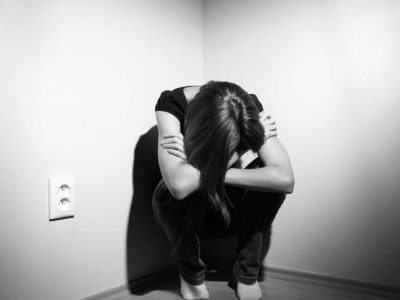More early trauma intervention needed to greatly reduce chronic homelessness: study

Health care and early social supports are failing victims of childhood abuse who go on to comprise a large portion of the city’s chronic homeless population, says a University of Calgary study.
A survey of 300 of those who sleep on the streets or in Calgary emergency shelters found those people are five times more likely to have suffered childhood trauma than those in the general population, according to research done by the U of C’s School of Public Policy.
Of those, 42 per cent had been in foster care and 23 per cent had done jail time.
While social agencies have succeeded to some extent by housing more than 8,000 of the homeless in the past decade, the systems dealing with the root cause have largely failed, said report co-author Dr. Katrina Milaney, an assistant professor of Community Rehabilitation and Disability Studies at the U of C.
“Childhood trauma is a significant risk factor for the chronically homeless and public policy decisions have exacerbated the issues,” said Milaney, adding not enough supported housing is available for those who’ve lacked early intervention and for mental-health patients discharged into the community.
“The de-institutionalization movement has actually failed in the big picture, because the community supports needed have never really come to fruition.”
The most common adverse childhood experience was having alcohol or drug-addicted parents, while 55 per cent lived in fear of physical violence.
“It’s very important we recognize these children are at risk and need interventions very early on,” said Milaney.
An effort to end homelessness in the city in a decade, by 2018, has fallen short and Milaney said a big reason for that are gaps in the health-care and justice systems, and other areas to treat the roots of the problem.
Of those captured by the study, more than 50 per cent of those who received help for their mental-health or addictions problems said it wasn’t sufficient, while a quarter said their request for aid proved futile.
Others said wait lists proved too daunting and that an intermittent patchwork of services was ineffective.
“We’re seeing a very early cycling in the public system for a lot of these folks . . . it is troubling to me that 40 per cent of the people we surveyed have been homeless for 10 years or longer,” said Milaney.
Homeless women in the study proved to be far more likely to have suffered sexual assault, while Aboriginals made up 30 per cent of the sampling, though they only comprise 3.5 per cent of the city’s population.
There’s a need for more affordable, supported housing teamed with programs more closely tailored to the needs of those experiencing chronic homelessness, such as psychiatric care, said the study.
“It has become a vicious circle — while mental-health issues can lead to homelessness, homelessness also puts people at greater risk for mental illness,” says the paper.
The last time the homeless population was tallied, in 2016, it counted about 3,220, a per capita reduction of 26 per cent compared with a decade ago, says the Calgary Homeless Foundation.
In a statement, Human Services Minister Irfan Sabir said his government’s investment in program-supported affordable housing will total $87.2 million this year, among other targeted funding.
“We know that the issues of early trauma and chronic homelessness are interconnected,” he said.
“That is why our government has also invested more than $80 million in Budget 2017 to make it easier for Albertans to get the addiction and mental health supports they need.”
on Twitter: @BillKaufmannjrn
Source: Calgary Herald

